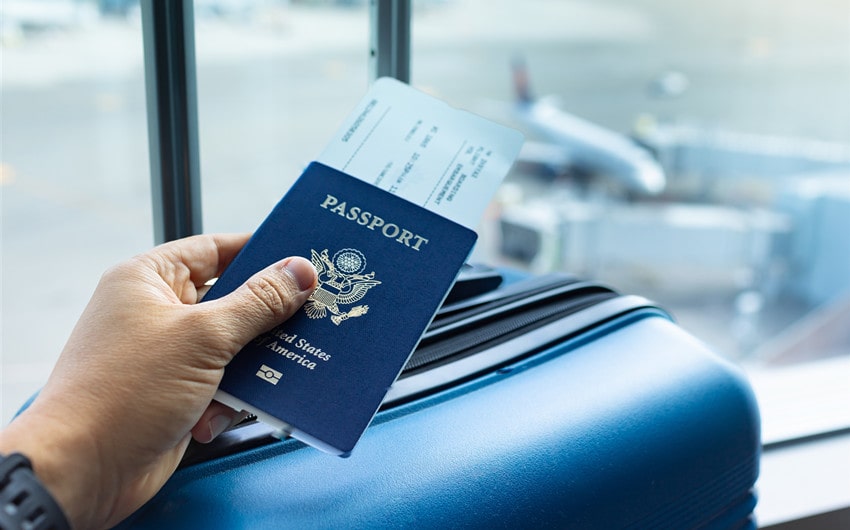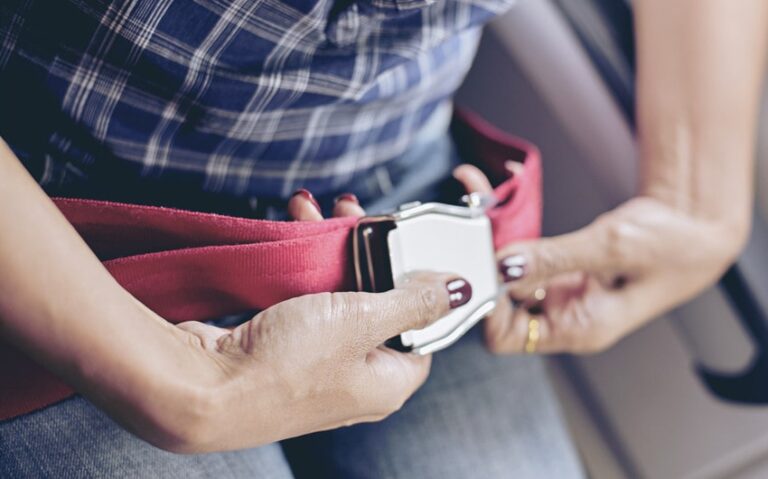Can You Travel with a Passport with Your Maiden Name? What Really Matters at Airports
Can you travel with a passport with your maiden name? It seems like a simple question, until you’re standing at the check-in counter, your ID says one thing, your ticket says another, and a stranger in uniform is staring at the difference like it might derail your entire trip. The short answer: yes—but only if everything matches. The long answer? It’s about timing, documents, and knowing how identity travels differently after your name changes.
Why Your Name Must Match Across All Travel Documents
This isn’t just bureaucracy being difficult. Your name is the thread that ties together your ticket, your ID, and your ability to board an international flight. Airlines don’t guess. Security agents don’t assume. If the name on your ticket doesn’t match the name on your passport exactly—letter for letter, space for space—you may not be allowed to board. That’s not dramatic. That’s regulation.
So yes, you can travel internationally with a passport in your maiden name—as long as the name on your airline ticket matches the one printed in your passport. If you recently got married and haven’t updated your passport yet, just make sure to book your flights using your maiden name.
What Happens If You’ve Changed Your Name but Not Your Passport?
This is where many travelers get stuck. You’ve updated your driver’s license, your bank cards, maybe even your social media. But your passport still holds the name you were born with—or the one you used before marriage.
In this case, you have two clear choices:
- Option 1: Book all travel reservations (flight, hotel, rail, visas) using the name in your passport. This is the simplest, cleanest path, especially if your trip is coming up soon.
- Option 2: Update your passport to reflect your new legal name. This takes time, paperwork, and sometimes a rush fee. But it’s the right long-term move if you travel frequently under your new name.
Trying to travel with mismatched names—booking a flight under your married name when your passport still says your maiden name—will almost certainly create issues. It’s not enough to explain it to a gate agent. Regulations require documents to match exactly. No exceptions, no emotional appeals.
What If You Bring a Marriage Certificate to Prove the Name Change?
This feels like a logical workaround—show them both names, prove you’re the same person, right? Unfortunately, it doesn’t usually work for international air travel. TSA agents and immigration officers are not trained to interpret supporting documents like marriage certificates. Their job is to verify identity based on what’s in your passport and boarding pass, not personal history.
Even if an airline representative lets you board with a marriage certificate, there’s no guarantee that customs and border officers in another country will accept it. And once you’re outside your home country, explaining anything gets a lot harder.
Marriage certificates might help in certain domestic or cruise travel scenarios (more on that below), but for international flights, don’t count on them as a substitute for matching names.
What About Domestic Travel with a Maiden Name Passport?
Domestically within the United States, the rules are a little more forgiving—but not by much. TSA requires the name on your boarding pass to match your ID. If you’re flying with a passport as your form of ID and it still has your maiden name, you’ll need to make sure your boarding pass does too.
If you use a driver’s license instead, and it has your new name, then your boarding pass needs to match that name. You can’t mix and match. TSA isn’t looking for name evolution—they’re looking for identical text.
Can You Use Your Maiden Name for Travel After a Legal Name Change?
Yes, but only if it’s the name printed on your valid travel ID. A legal name change doesn’t automatically invalidate your passport—but it does require you to travel using the name currently printed on it. You can’t use your updated Social Security card or driver’s license to override the name on your passport when traveling abroad.
If you want to travel using your new name, you’ll need to update your passport first. This involves:
- Filling out Form DS-82 (for a name change with a valid passport less than 10 years old)
- Providing a certified marriage certificate or court order showing the name change
- Paying the appropriate fee (around $130 as of now)
- Mailing your current passport along with the documents
If it’s been more than a year since your last passport was issued, the requirements may differ. Processing times vary from a few weeks to several months, so don’t wait until the last minute.
Can You Travel Internationally on a Honeymoon with Your Maiden Name?
Yes—and this is incredibly common. If your honeymoon is right after your wedding, chances are you haven’t had time to change your passport yet. Just book your travel using the name in your passport (your maiden name), even if you’ve started using your married name in daily life. Then bring the matching passport, and you’re good to go.
It may feel strange using your old name while stepping into a new chapter of life, but consider it a transition window. You’ll return home with memories—and the time to make your name match your future travels.
What About Cruises or Land Travel with a Maiden Name Passport?
This is where things get more flexible. U.S. citizens traveling on closed-loop cruises (departing and returning from the same U.S. port) sometimes don’t need a passport at all. In these cases, you might be allowed to use a driver’s license and birth certificate instead of a passport.
But if you use a passport with your maiden name, the same rules apply: your ticket must match the passport name. Cruise lines may accept supporting documents like marriage certificates to clarify discrepancies, but that’s their call—not a guarantee.
For land travel to Canada or Mexico, similar guidelines apply. Some U.S. citizens use passport cards or enhanced driver’s licenses. But again, matching names are critical. Always call the travel provider or border authority in advance if you’re unsure.
Tips to Avoid Travel Disruptions with Name Mismatches
- Always book tickets using the name printed on your passport, even if it’s no longer your legal name
- Don’t rely on verbal explanations or extra documents—bring documents that match, period
- Update your passport after a name change as soon as you return from a trip
- Print confirmations with your name as entered, especially when using third-party booking sites
- When in doubt, call the airline in advance—many offer guidance for name-related concerns
Travel is already full of unknowns. Don’t let your name be one of them.
When Identity Feels Fluid, Paperwork Doesn’t
There’s something strange about watching your name live in two worlds. You start using a new one, but official documents lag behind. You might feel like you’re holding on to two selves—one that’s changed, and one still stamped in ink. But that’s part of the journey too.
Your passport may say one thing, but you know who you are. Until everything catches up, just make sure your travel documents are speaking the same language—even if it’s one you’re outgrowing.







